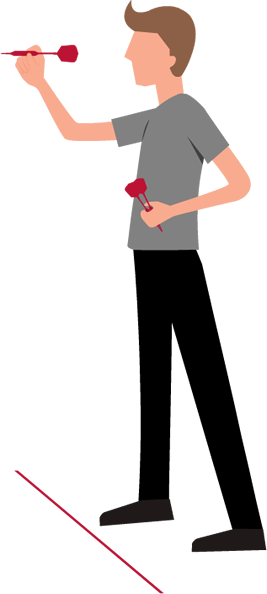首頁 > Technique
About the Darts
Darts in the store
The darts provided in the store are called "house darts." They are also available for players without darts in customized specification to use and enjoy the fun!
Purchase a customized dart set
-Many enthusiasts have their own dart sets. After becoming accustomed to the game, you might want to purchase a customized dart set. There is a mind-blowing variety of dart products to choose from, so it is recommended to go to the actual store to try out the equipment and select the design you prefer.
-First-time buyers are strongly advised to visit the store in person for professional advice and to give the darting equipment a go.
Dart Parts
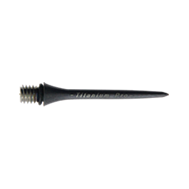
The Tip
The pointed end of the dart that insert into the dartboard. It is easily bent and worn off by external force, so it is recommended to bring along some spares.
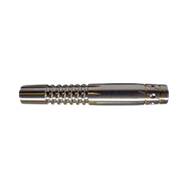
The Barrel
-The pointed end of the dart that insert into the dartboard. It is easily bent and worn off by external force, so it is recommended to bring along some spares.
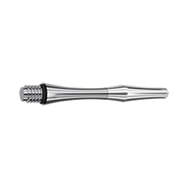
The Shaft
Used to adjust the overall weight of the dart. In general, the medium-length dart is more suitable for beginners.
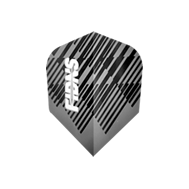
The Flight
As the wing for the dart that stabilizes the dart while being tossed. A larger wing flight is better suited for beginner players.
How to hold the darts
The way of holding the darts is called the grip
In addition to the commonly known standard way to grip, the following also includes an introduction to various other types of grips. Please give them a try and see what works best for you.
-
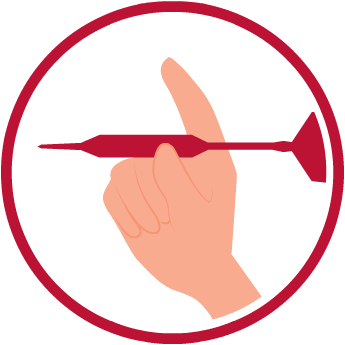
Two-finger grip
A way allowing the darts to be released easily.
-
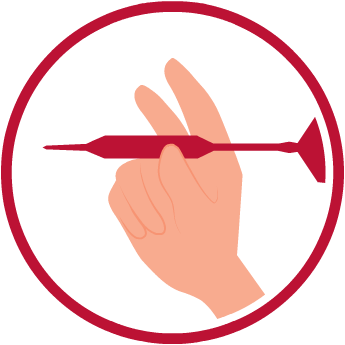
Three-finger grip
This is the way perfect for beginners: hold the dart with the index finger and thumb, and use the middle finger to support the dart lightly. It makes the dart releasing relatively easy and stable.
-

Four-finger grip
A highly stable grip.
Proper position to grip
To have the dart thrown to the targeted position accurately, keeping the dart balanced is essential.
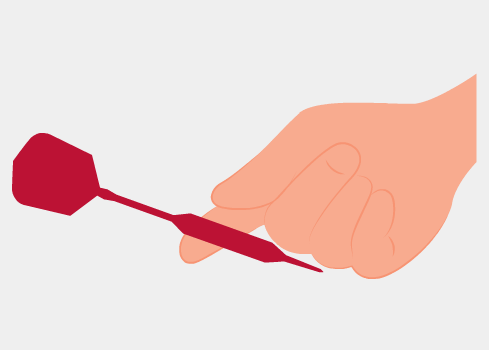
Place the dart on your index finger and find the balance spot.
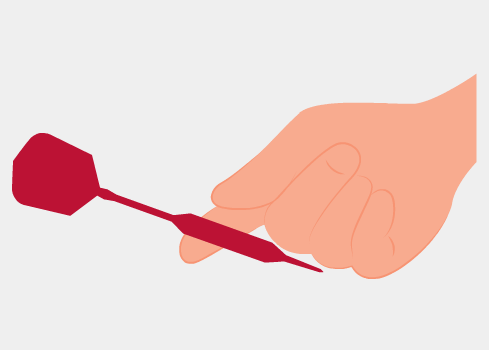
Assist with the thumb from above.
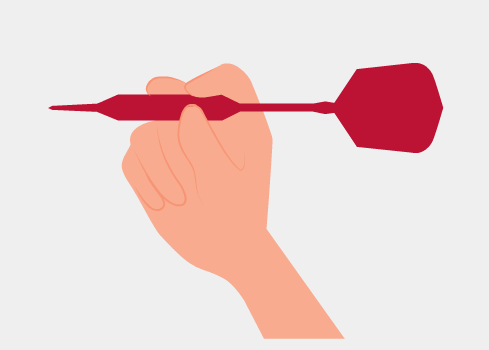
Support lightly with the middle finger
Throwing the darts
The action of aiming and releasing the darts, known as “Throw”, comprises the following 4 steps:

Set-up
Preparing to throw the darts: face the dartboard directly and aim with both eyes. Try to align the "target, " "dart, " and "your eye" in a straight line.

Pull back
The movement of drawing back the dart: move the forearm backwards from the elbow as if drawing a folding fan shape. The palm shall face up naturally to keep the wrist in a relaxed position.

Release
hrowing and releasing the dart: throw with the strength as if releasing a paper airplane and set loose with all the fingers at once. If the fingers were loosed late after the good timing, the dart will not be able to move stably.

Follow through
The movement of straightening the forearm after releasing the dart: extend the arm and remain pointing in the aiming direction.
Dart Techniques:
-
Stance
The standing posture of the feet when throwing darts is called "Stance". A stable stance can elevate the stability of the throw.
Basic stance
Unlike baseball and bowling, the dart-throwing stance requires the foot on the same side of the handedness to be in the front. Right-handed players must position their right foot forwards, while left-handed players do the other way around.
Do not step over the throw line
Players must stand behind the throw line when throwing darts; stepping over the line is considered a foul. Players must be aware of the rule.
Middle stance
This stance makes it easy to aim and throw and is the recommended stance for beginners. Face directly toward the dartboard with the front leg turning around 45 degrees. The front leg should carry most of the body weight, while your leg should move slightly on tiptoes. The weight distribution ratio between the front and back legs is about 9:1.
Find the stance best suitable for you
Front standing position, side standing position
-
